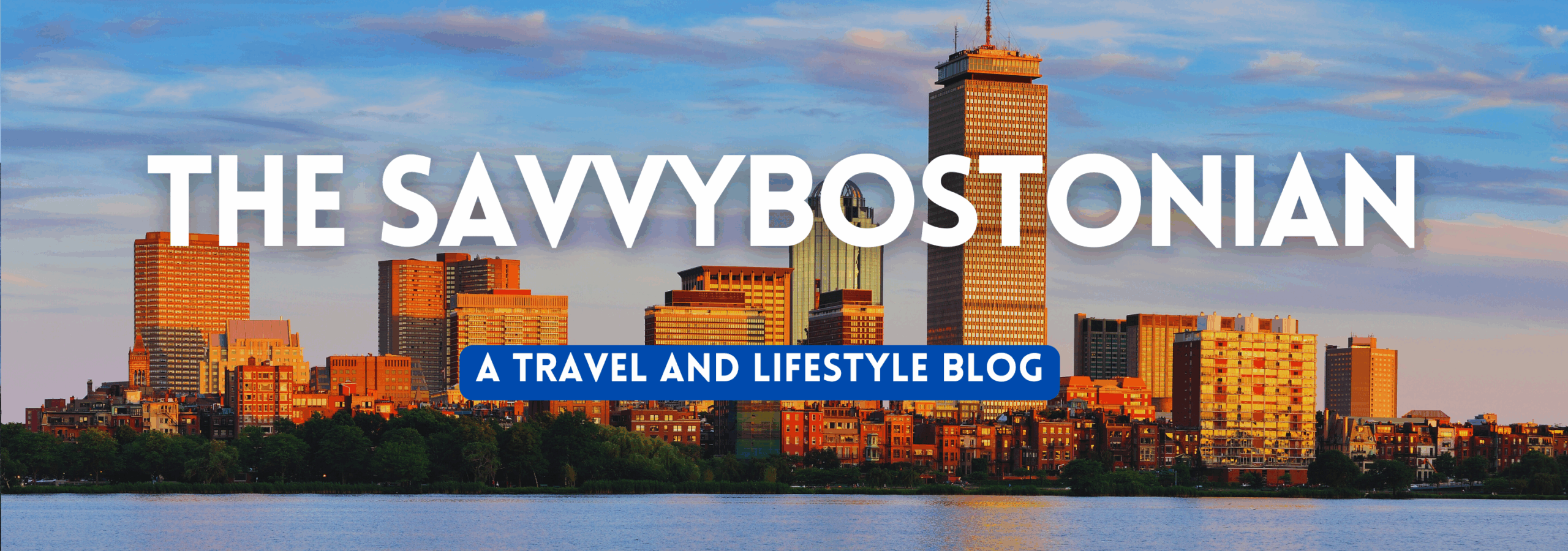I’m excited to share the following guest post from my friend John. John and I recently took part in a Fenway Park tour while he was in town visiting from Minneapolis. As a first time visitor, I really enjoyed reading John’s observations on the ballpark and think you will too. So, without further ado, here’s John’s SavvyBostonian debut!
“If a woman has to choose between catching a fly ball and saving an infant’s life, she will choose to save the infant’s life without even considering if there are men on base.” ~Dave Barry
As Mr. Barry states, baseball is an important part of our national consciousness. Although I do not have a historian’s view of the hotly contested rivalry (baseball and otherwise) between Boston and New York, nor a rooting interest in the home team, stepping into Fenway Park is a huge rush.
The first thing that stands out is the compactness of the park itself. It fits neatly into the Kenmore Square area, easily overlooked amongst the tall buildings of the downtown corridor. The dimensions of the park are generally small, with a short porch in right field (302 ft.) and the Green Monster in left at only 310-315 ft. Neither of these distances are allowed under modern baseball stadium construction regulations. Only the deep center field fence provides hitters with a home run deterrent. Even foul territory is miniature, giving pitchers fewer cheap outs.
Tradition and History:
The Fenway tour begins with a seat in the media boxes above home plate, where a friendly guide gives a basic history of the park. Built in 1912, home of the very first world series champion, details of legendary players and a few stories of the most important games. The guide singles out the Yankees rivalry with several well-worn jokes.
The view of the park from the media seats is breathtaking, a panoramic view of the entire stadium. You see the one red seat in the right field bleachers where Ted Williams hit his legendary 502 ft. home run, a home run so powerful it blasted an inattentive spectator in the head and knocked him unconscious. Underneath the media booth behind home plate are seats that have been with Fenway as long as the park has been around. They are smaller than today’s stadium seats and a bit uncomfortable for a tall person like myself to fit in, but they have an unrelenting beauty. And as our guide mentioned, you really get to know your neighbor when you sit in them.
To me the highlight of the tour is standing atop the Green Monster, the 36ft. high wall that looms in left field and peers around Carlton Fisk’s legendary foul pole. The patented “Fenway Green” color that blankets both the bleacher seats and the Monster is a calming, pacific hue. The construction of the Green Monster is more a story of ownership greed than anything else. Originally built to stave off rooftop onlookers from nearby businesses, 259 high priced seats were eventually added above the wall for lucky, well-heeled fans. The view is worth the ticket price.
Conclusion:
Fenway Park is more than just baseball history, it’s American History 101. For a young country with few monuments surviving the test of time, Fenway stands as one of our best links to the past. It’s well worth a visit for a Savvy Bostonian to be surrounded by the oldest pillar of our national pastime.
Fenway Park Tours are 50 minutes long and run hourly on most days. Tickets can be purchased here.



